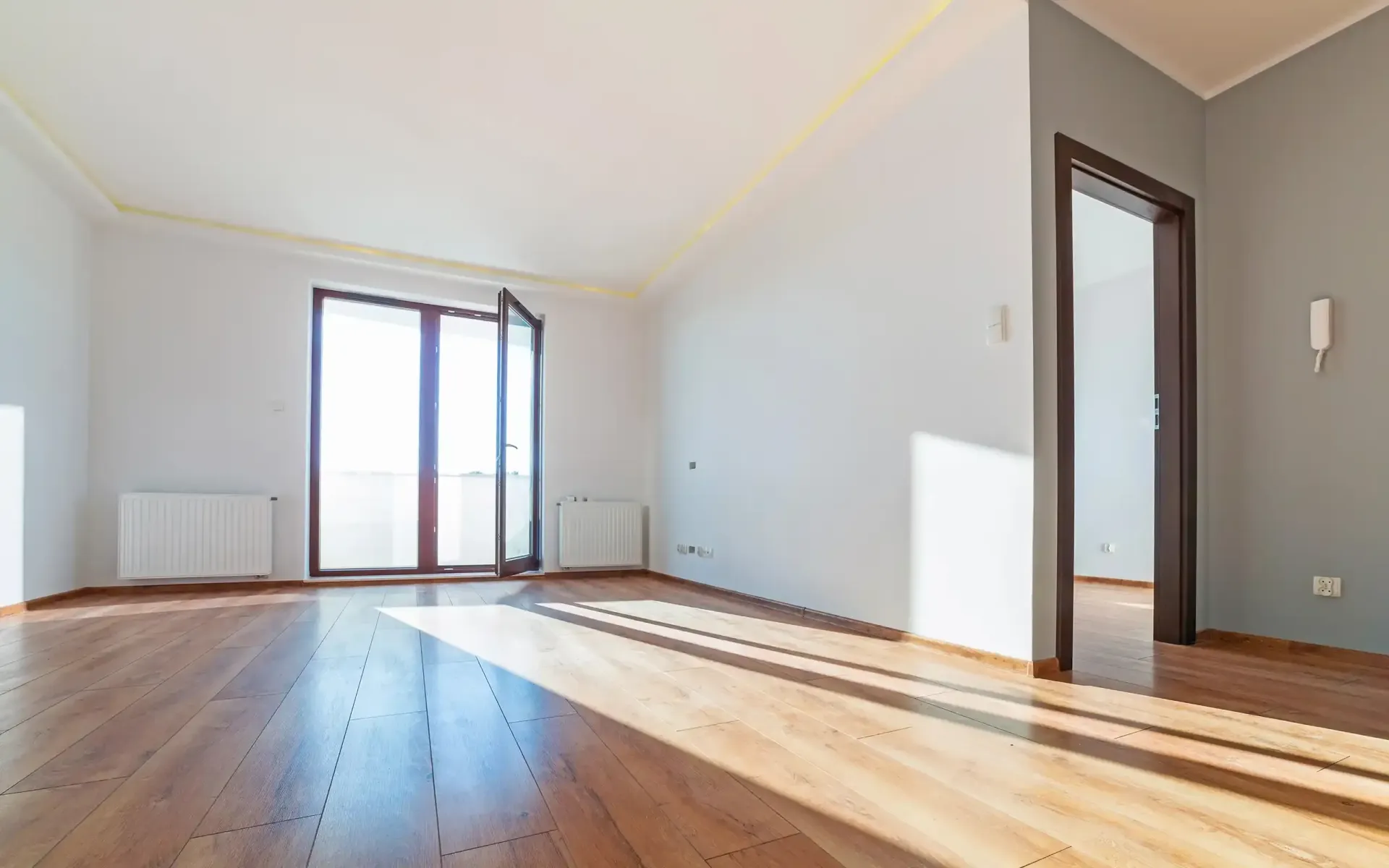Gearing simply means borrowing money to buy an asset. In property terms, negative gearing refers to when you borrow money to purchase a property and the rental income you receive from that property is less than your expenses (i.e. you’re making a loss). You should calculate whether a property will be negatively or positively geared prior to purchasing the property to avoid the possibility of putting yourself at financial risk.
If a property is negatively geared it is going to require you to contribute some of your disposable income to keep it (i.e. you may need to pay for some of the running expenses out of your own pocket as the rent received will not be enough to do so). It may seem like a great idea to have a negatively geared property to reap the benefits of a reduction in your taxable income but if it is going to put you under financial pressure throughout the year then is it really worth it?
So how do I know if a property is negatively geared?
Working out if your property will be negatively geared is easy. Simply total your estimated expenses and subtract these from the expected income.
When calculating the total expenses you will need to keep in mind that some expenses are fully deductible in the year you incur them, while others are deductible over a period of time.
Below is a list of some of the more common expenses that can be claimed as an immediate deduction:
- Advertising for tenants
- Body corporate fees and charges
- Council rates
- Water rates
- Land tax
- Cleaning
- Gardening and lawn mowing
- Pest control
- Insurance (building, contents and public liability)
- Interest expenses
- Property agent’s fees and commission
- Repairs and maintenance
Those expenses which may be claimed over a period of time include:
- Depreciation
- Capital works deduction on building
- Borrowing costs
Depreciation and Capital Works
Depreciation and capital works write offs are much the same. Depreciation is the write off over time of assets purchased for use in your rental property (i.e. furniture if you rent the property as ‘fully furnished’) whereas a capital works write off is the write off over time of the property itself.
We often recommend that our clients purchase a Quantity Surveyor Report (sometimes also referred to as a tax depreciation schedule) to ensure we are claiming the maximum depreciation and capital works deductions for their property each year.
Borrowing Costs
These are expenses directly incurred in taking out a loan for the purchase of a rental property and include loan establishment fees, mortgage broker fees, fees for a valuation required for a loan approval etc. If your total borrowing expenses are more than $100, the deduction is spread over a period of 5 years or the term of the loan, whichever is less.
Why can negative gearing be helpful?
As mentioned earlier, when a property negatively geared, it means the cost of owning it is more than the income it generates. Because this strategy returns a loss it can seem risky – but there are other benefits that can add up in your favour overall. For example, you can deduct the loss from your taxable income.
While you’re making a loss, your property’s capital value is (hopefully) growing. Negatively geared investors are banking on their overall loss being offset by their property’s potential capital appreciation. Keep in mind also, there may be tax implications (like capital gains tax) that you’ll need to factor in if/when you sell.
Saving tax shouldn’t be the only reason for choosing an investment strategy, but it’s definitely worth factoring in as you weigh up the options.
Disadvantages of negative gearing
As well as the advantages of negative gearing there are also negatives that should be considered. This was briefly mentioned before – you’ll need to have enough cash flow to cover your losses until tax time comes around each year. Before you negatively gear a property, make sure you can afford the ongoing out-of-pocket expenses. If rates go up, you can’t offset the added expense by simply increasing your rent – and you don’t want to be forced to sell your investment property before your capital grows.
Speak to us
Before purchasing a property, whether it be positively or negatively geared, it’s always a good idea to run your plans by us so we can advise of any other tax implications there may be. We can also advise on the best entity for your purchase to ensure you are maximising your investment.







